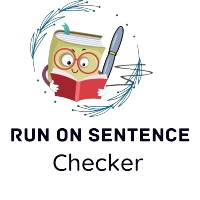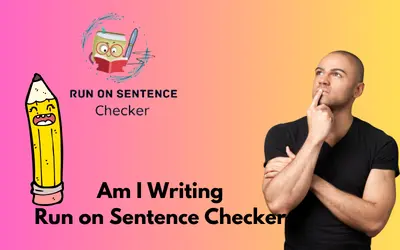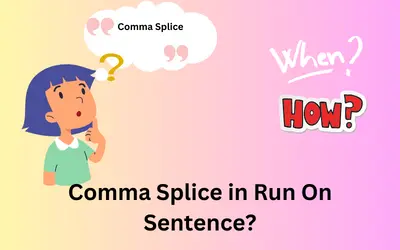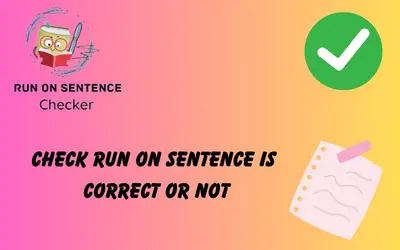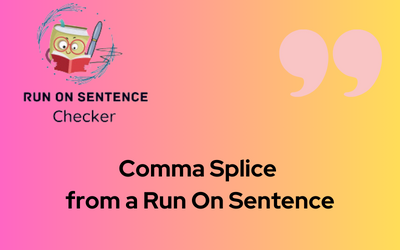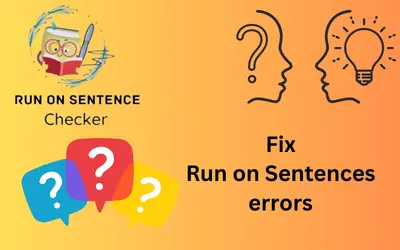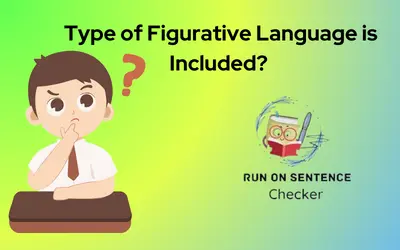
Figurative language, a cornerstone of expressive writing, elevates our communication, allowing us to convey our thoughts and emotions with creativity and depth. Unlike literal language, which Type of Figurative Language is Included in its states facts directly, figurative language uses figures of speech to create more interesting and compelling messages. This article explores 11 types of figurative language checker, providing insights into how each can enrich our language and communication.
While figurative language is commonly found in literature, it is also prevalent in everyday speech, advertising, music, and visual arts. Its versatility allows it to enhance communication across various mediums and contexts.
Practice incorporating different types of figurative language into your writing, experiment with imagery and symbolism, and study how renowned authors employ these techniques in their works. Reading widely and actively seeking feedback can also help sharpen your skills.
Which Type of Figurative Language is Included?
These types of figurative language with our guide on 11 passage types. Enhance your understanding and application of figurative language in writing and interpretation
Metaphor
Metaphors draw direct comparisons between two unrelated things, enhancing understanding through powerful analogies.
Example 1: “Time is a thief” — Time is likened to a thief, suggesting it stealthily and continuously takes away moments of our lives.
Example 2: “The world is a stage” — This suggests that life is a play, and we are all actors playing roles, with our actions and decisions shaping the narrative.
Personification
Personification gives human characteristics to non-human objects or concepts, making the abstract more tangible.
Example 1: “The wind whispered through the trees” — The wind is given the human attribute of whispering, making it seem like it’s communicating secrets.
Example 2: “Opportunity knocked on his door” — Opportunity is personified as a visitor, implying a chance or possibility coming to someone directly.
Hyperbole
Hyperboles are exaggerated statements that are not meant to be taken literally, used for emphasis or to convey strong feelings.
Example 1: “I’ve told you a million times” — An exaggeration to stress the frequency of an action.
Example 2: “He’s older than the hills” — Exaggerates someone’s age to highlight their extensive life experience or imply they are very old
.
Understatement
An understatement makes a situation seem less important than it is, often used for irony or humor.
Example 1: “It’s just a scratch” referring to a significant injury or damage.
Example 2: “He’s not too bad at soccer” when referring to an exceptional soccer player, minimizing their skill level for effect.
Metonymy
Metonymy uses a related element to stand in for something else, creating symbolic representations.
Example 1: “The White House made a statement” — Using “The White House” to represent the President or his administration.
Example 2: “The pen is mightier than the sword” — “Pen” stands for written words, and “sword” for military force, suggesting that writing
can have a more significant impact than violence.
Synecdoche
Synecdoche is a form of metonymy that uses a part to represent the whole or vice versa.
Example 1: “All hands on deck” — “Hands” refers to the sailors or people on a ship, indicating everyone’s involvement is needed.
Example 2: “He’s got some new wheels” — “Wheels” represent a car, focusing on a part to refer to the whole.
Irony
Irony expresses something contrary to what is meant, highlighting discrepancies between expectations and reality.
Example 1: Saying “What a pleasant day” during a storm.
Example 2: A fire station burns down – the place that’s meant to prevent fires is itself caught in one.
Alliteration
Alliteration repeats consonant sounds at the beginning of words in a phrase, enhancing its musical quality.
Example 1: “She sells seashells by the seashore” — The repetition of the “s” sound.
Example 2: “Peter Piper picked a peck of pickled peppers” — The repetition of the “p” sound.
Onomatopoeia
Onomatopoeia uses words that mimic the sound they represent, making descriptions more vivid.
Example 1: “The bees buzzed in the garden” — “Buzzed” imitates the sound bees make.
Example 2: “The door creaked open” — “Creaked” sounds like a squeaky door opening.
Oxymoron
Oxymorons combine contradictory terms into a single expression, revealing deeper truths or complex realities.
Example 1: “Bittersweet” — Something is both sweet and bitter at the same time, often referring to emotions or experiences.
Example 2: “Deafening silence” — The silence is so intense that it feels loud or overwhelming.
By exploring these examples, we can appreciate the richness and versatility of figurative language in enhancing our communication and expression.
What are the benefits of using figurative language in writing?
Elevating your writing with figurative language is like adding a splash of color to a blank canvas—it brings your words to life, making them pop off the page. This powerful tool transforms simple descriptions into vivid, memorable experiences, capturing the reader’s imagination and holding it tight. It’s not just about writing; it’s about creating a world that readers can see, feel, and inhabit, making your content unforgettable.
- Enhance Engagement: Figurative language grabs attention and keeps readers hooked, turning your writing into a page-turner.
- Boost Creativity: It allows you to express ideas in innovative ways, pushing boundaries and setting your content apart.
- Deepen Connection: By evoking emotions and painting vivid images, it creates a stronger bond with your audience, making your message resonate more deeply.
Incorporating figurative language is like unlocking a secret weapon in your writing arsenal. It’s the difference between telling a story and transporting your reader into the story. Whether you’re crafting a blog, a book, or a brand message, leveraging this technique can transform your writing from mundane to magical. Dive into the world of figurative language and watch as your writing takes flight, engaging readers like never before and leaving a lasting impression. It’s not just about the words you choose; it’s about how you make them dance.
Conclusion
Figurative language enriches our communication, adding color, depth, and emotion to our expressions. Understanding and using these 11 types of figurative language can transform our writing and speaking, making our messages more compelling and impactful.
How can I identify figurative language in a text?
Look for words or phrases that deviate from their literal meaning and evoke imagery, emotion, or symbolism. Pay attention to similes, metaphors, personification, and other literary devices that enrich the text.
Can figurative language be used in everyday conversation?
Absolutely! Figurative language adds color and expressiveness to everyday communication, making conversations more dynamic, engaging, and memorable
Is figurative language real or fake?
Figurative language is real; it enhances communication through imaginative expression.
Is rhyming figurative language?
Rhyming is a poetic device, not necessarily figurative language, although it can be used within figurative expressions.
What figurative language is exaggeration?
Exaggeration is a form of figurative language known as hyperbole, which amplifies or magnifies a statement for effect.
